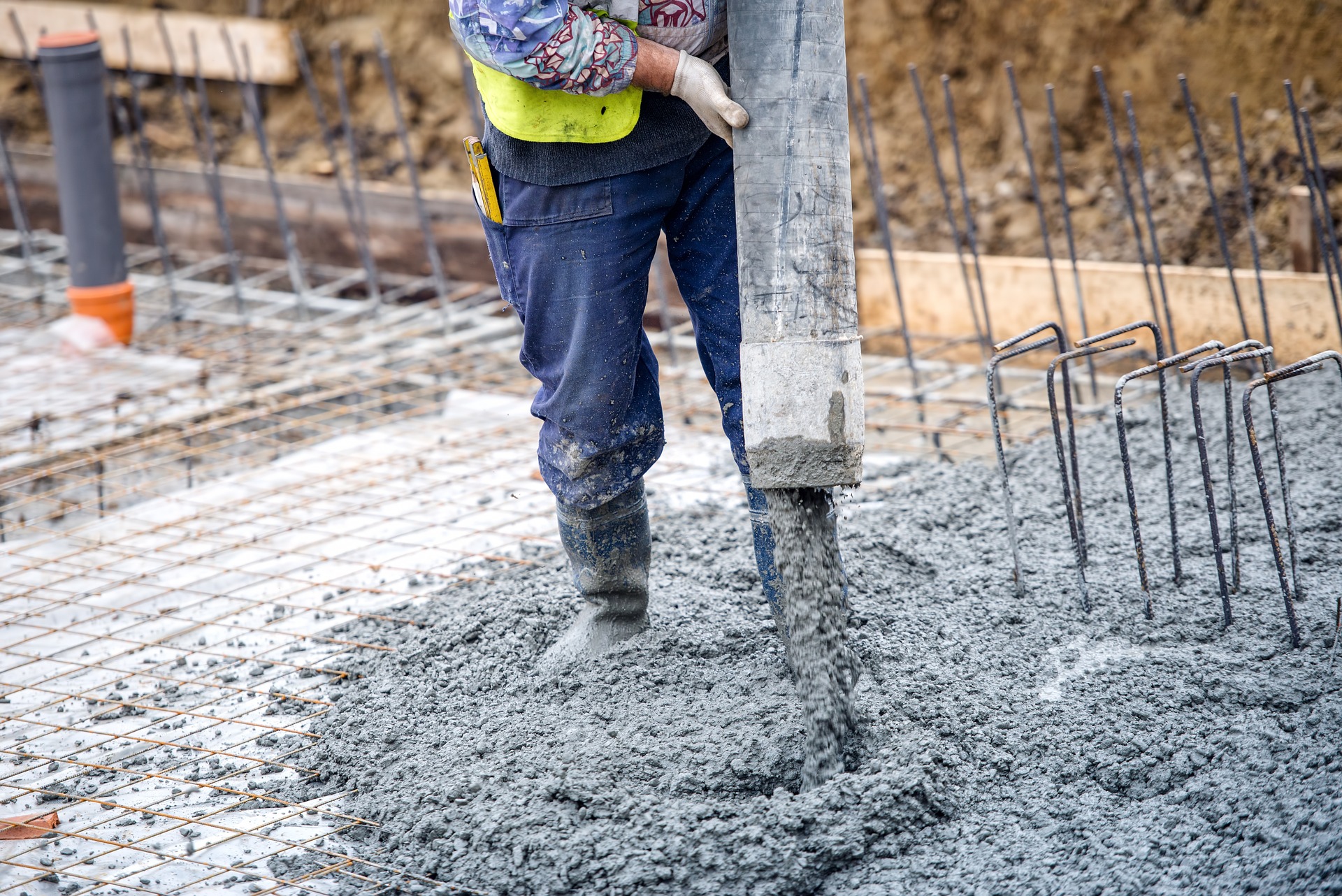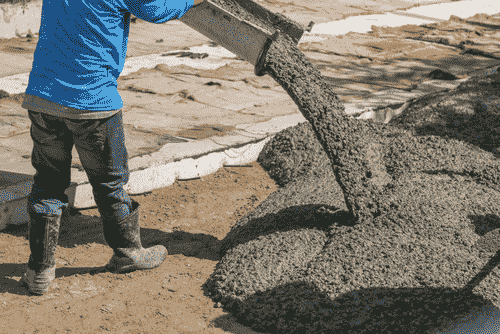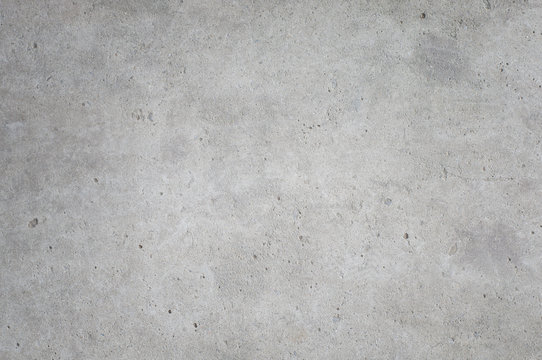Cutting-edge Concrete Layout: Boost Your Property with Customized Concrete Work
Cutting-edge Concrete Layout: Boost Your Property with Customized Concrete Work
Blog Article
Unveiling the Eco-Friendly Advantages of Using Recycled Concrete in Sustainable Construction Practices
In the realm of lasting building practices, the use of recycled concrete stands as a critical yet frequently underestimated resource. Past its traditional applications, recycled concrete deals a myriad of environment-friendly advantages that expand far past the boundaries of conventional construction products.
Environmental Benefits
By integrating recycled concrete into building and construction methods, there is a considerable reduction in the need for brand-new raw materials, leading to preservation of natural sources. Additionally, the usage of recycled concrete decreases the quantity of waste being sent to garbage dumps, therefore lowering environmental contamination and relieving the stress on land fill capacities (Concrete).

Furthermore, the manufacturing of standard concrete is a significant resource of carbon discharges as a result of the energy-intensive procedure of cement manufacturing. In comparison, recycled concrete has a reduced carbon footprint as it lowers the demand for new concrete manufacturing. This reduction in carbon exhausts adds to mitigating climate modification and sustains lasting construction practices. On the whole, the environmental benefits of using recycled concrete are substantial and play an essential function in promoting eco-friendly construction approaches.
Cost-Efficiency
Attaining cost-efficiency is a critical factor to consider when examining the application of recycled concrete in building tasks. One of the essential advantages of using recycled concrete is its cost-effectiveness contrasted to conventional concrete. The manufacturing of recycled concrete entails less power and resources as it utilizes existing materials, minimizing the total job costs significantly. Additionally, the accessibility of recycled concrete in your area can further reduce transport expenditures, making it an extra economical choice for building and construction projects.
Additionally, making use of recycled concrete can bring about financial savings in land fill costs by drawing away concrete waste from disposal websites. This not just lowers the ecological influence yet additionally eliminates the prices connected with waste removal. Furthermore, the sturdiness and efficiency of recycled concrete are similar to traditional concrete, making sure that price financial savings do not endanger the top quality of the building and construction.
Toughness and Stamina
Thinking about the considerable cost-efficiency advantages of making use of recycled concrete, it is essential to examine its longevity and toughness in building applications. Recycled concrete offers comparable, otherwise remarkable, sturdiness and strength residential properties to standard concrete. Through advancements in handling methods and high quality control, recycled concrete can satisfy or go beyond the performance standards of conventional concrete. The procedure of recycling concrete includes crushing, sorting, and screening old concrete to generate accumulations that can be made use of in new construction projects. These recycled accumulations can offering adequate compressive strength, resilience, and long-term performance.

Waste Reduction
When it comes to utilizing recycled concrete, waste reduction is an essential benefit that contributes considerably to environmental preservation. By including recycled concrete right into construction tasks, this waste is repurposed and drawn away from land fills, lowering the overall ecological effect of building and construction tasks.
Furthermore, the usage of recycled concrete can lead to cost financial savings for building projects, as it is commonly much more inexpensive than sourcing and transporting brand-new materials - Concrete. In verdict, waste reduction via the usage of recycled concrete is a vital element of lasting building methods that profits both the environment and the construction market as a whole.
Power Conservation
When it comes to making use of recycled concrete in building and construction, substantial power financial savings are accomplished compared to traditional concrete manufacturing. The procedure of creating recycled concrete involves squashing and recycling existing try these out concrete products, which eats less energy than mining, handling, and transporting raw products for brand-new concrete production.
Conclusion
In verdict, the application of recycled concrete in lasting construction techniques uses various environmental advantages, cost-efficiency, toughness, stamina, waste reduction, and power preservation. By incorporating recycled concrete right into building tasks, we can add to a more sustainable and ecologically pleasant future. It is vital for the building and construction industry to focus on making use of recycled products to help in reducing the environmental influence of construction tasks.
One of the essential benefits of using recycled concrete is its cost-effectiveness compared to typical concrete.Moreover, the usage of recycled concrete can lead to savings in garbage dump prices by diverting concrete waste from disposal sites. The resilience and efficiency of recycled concrete are equivalent to conventional concrete, making sure that cost savings do not jeopardize the top quality of the building.

Report this page